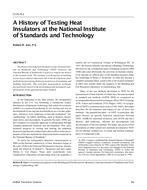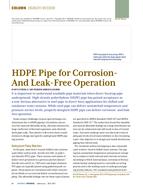Compared to the overall building envelope airtightness concerning energetic aspects, the condensation caused by air exfiltrationis still a challenge today. For a better understanding of the processes inside lightweight constructions, hot- and cold-boxexperiments and airflow measurements on 14 different full-scale wall assemblies under realistic climatic conditions wereperformed. The influences of different mineral wool airflow permeabilities and leak configurations, as well as different pressuredifferences were analyzed. Despite a certain level of uncertainty, the results show some interesting aspects about the influencingfactors of the convective moisture entry. The distributions of the water content between sheathing and insulation samples showthat more water remains inside the mineral wool with low air permeability, while in case of the more air permeable mineral wool,more water accumulates in the sheathing. Moreover, the findings indicate that the moisture distribution over the height of thesheathing is more influenced by the pressure difference level than by insulation air permeability or arrangements of the smallopenings. For the tested configurations, a lateral flow due to openings near the studs shows the highest total moisture contentsinside the assemblies. In contrast, we could not observe significant differences concerning the moisture content for the differentleak arrangements and diameters with the same total leakage area under humidification test conditions, although differences inthe flow behavior are clearly detected. However, another important finding of these experiments is that, despite good workmanship,a small amount of air and moisture seams to penetrate the sealing tape joints.
Citation: Thermal Performance of Exterior Envelopes of Whole Buildings XIII, Conference Papers
Product Details
- Published:
- 2016
- Number of Pages:
- 26
- Units of Measure:
- Dual
- File Size:
- 1 file , 16 MB
- Product Code(s):
- D-BldgConf16-45


